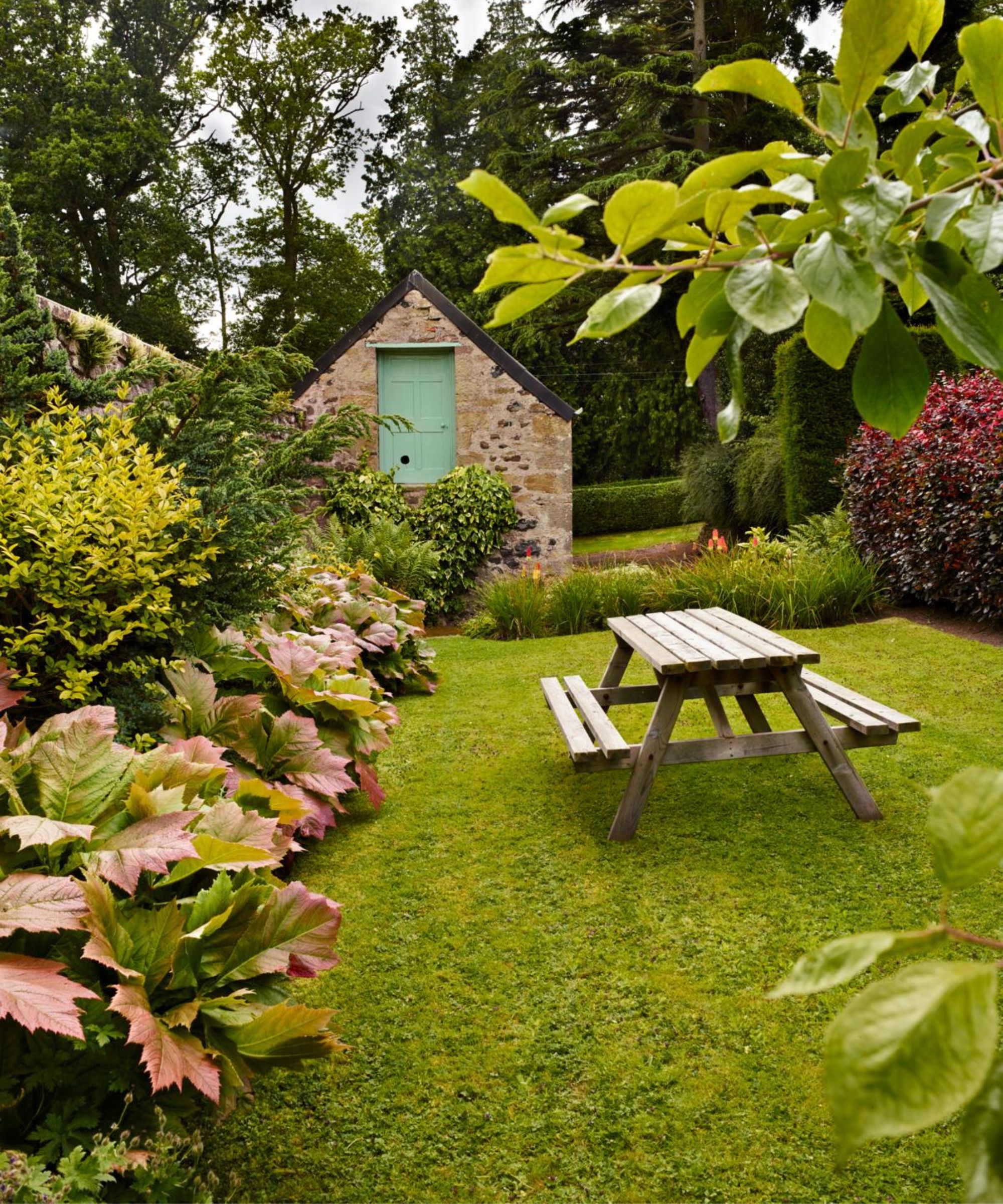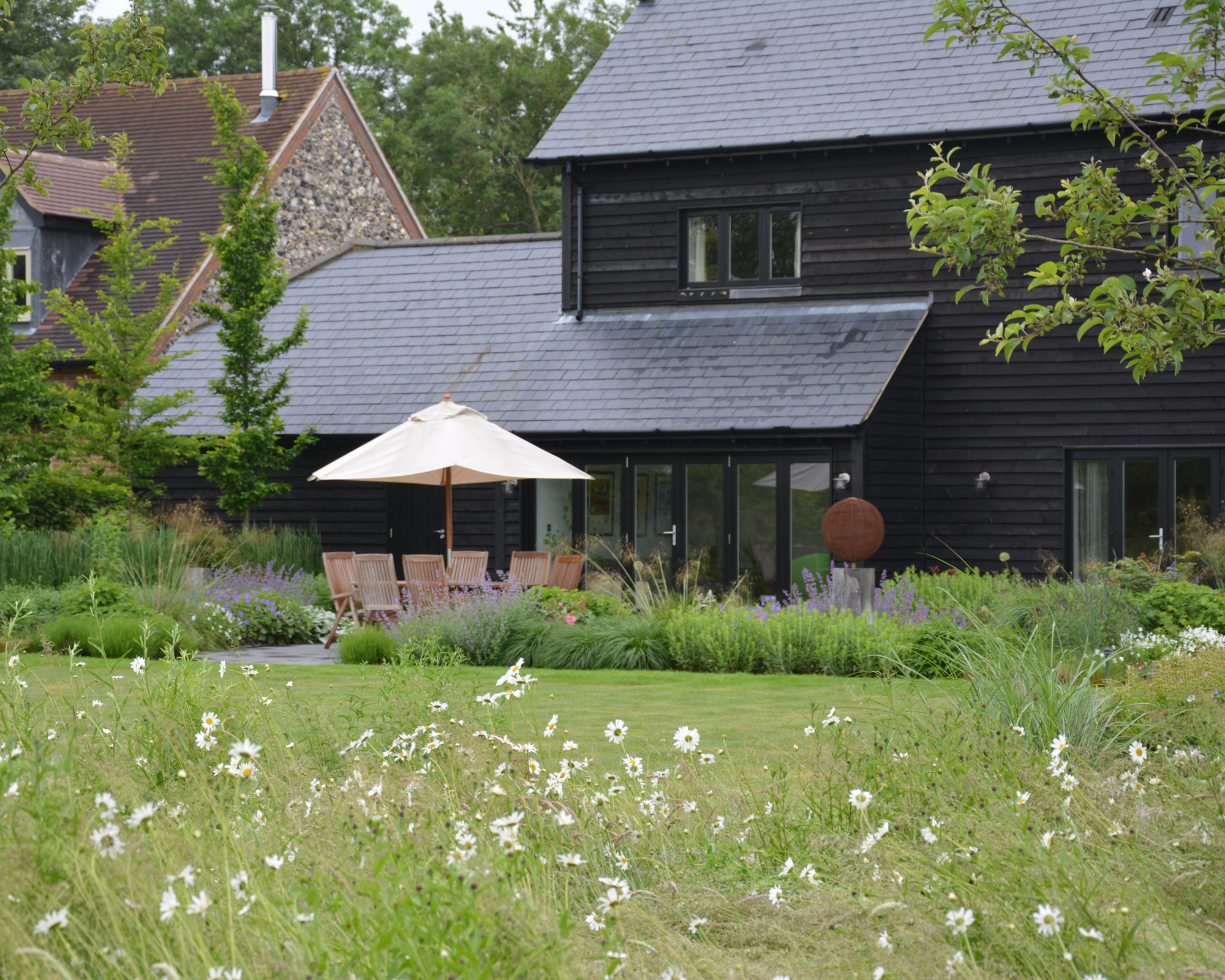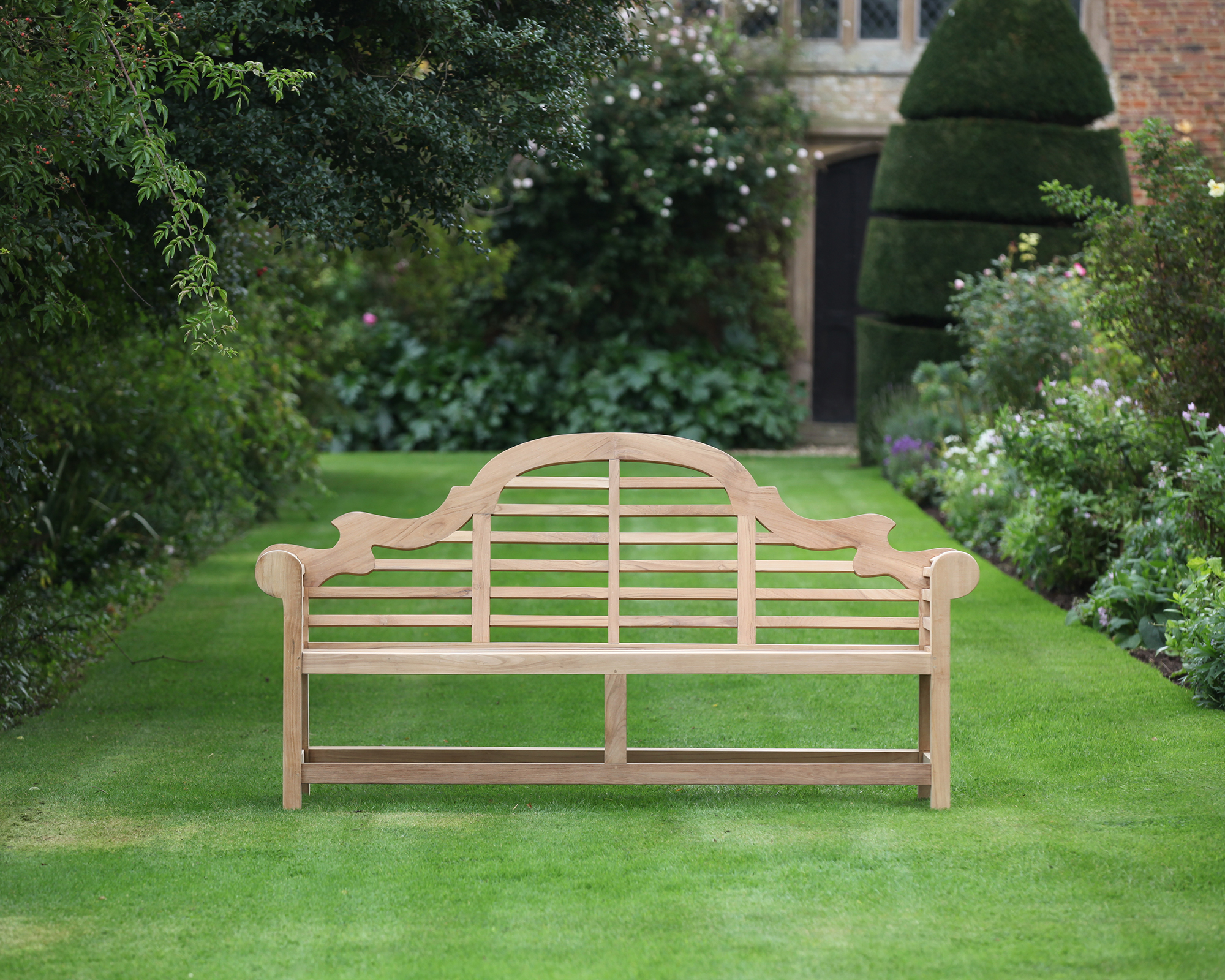Why aerate a lawn? Expert advice on achieving the perfect lawn
Gardening experts explain why aerating is the perfect lawn care treatment


If you are dreaming of a perfectly manicured garden or yard but your grass seems to be letting you down, you may need to add aerating to your yard maintenance list. So, why aerate a lawn? and what are the disadvantages if you don't?
Aeration is a common gardening practice that can help you make a lawn green and thick with ease. Knowing how to aerate a lawn and when to aerate a lawn for the best results can quickly transform the grass in your garden ideas from patchy to lush.
Here, experts have gone into detail on why you should aerate a lawn, and offered their warnings for if you don't.
Why aerate a lawn?

Knowing how to look after a lawn goes beyond learning when to plant grass seed and when to overseed your lawn. Even the best fast-growing grass seeds need additional care and treatment to ensure that it can remain healthy year in, year out.
'A lawn should be aerated as part of your standard yearly maintenance to ensure soil quality remains high,' explains Jonathan Hill, lawn expert at Rolawn. 'To achieve and maintain a beautiful lawn it’s important that nutrients reach the soil beneath the grass and aeration is the ideal method. Promoting healthy soil by allowing air and water to penetrate your lawn, aeration is especially beneficial after prolonged periods of drought or dry weather, which can harden and compact the ground, pushing air out of the soil profile and increasing the likelihood of a poor soil structure, resulting in a stressed lawn.'
'Air movement is vital for grass to grow and it is unlikely you will over-aerate your turf,' he continues. 'Gardeners often focus on the light and water required for a healthy lawn but oxygen is just as important to keep your grass in good condition. The action of aeration not only aids air movement, it decompacts soil and assists water drainage, making it a very important part of your lawn care process.'
For these reasons, aerating is ideal on areas of ground that are heavily trodden such as where you frequently garden, have children or pets playing, or if you use your lawn as an everyday walkway. Aeration is one of the only methods to alleviate soil compaction and repair patches in grass and fix a waterlogged lawn.
The disadvantages of not aerating a lawn

If you do not aerate your lawn, your grass may become more prone to compaction which will stunt its growth over time and prevent proper drainage. Just a shallow layer of compaction can have a negative effect on the overall look and health of your lawn.
'Aerating your lawn will help prevent stress,' continues Jonathon. 'A stressed lawn will not only look less attractive, it will not recover as well from general wear or any extreme weather. Aerating your lawn will strengthen it by improving the quality of the soil, roots, and the grass plant itself. With aeration, your lawn will become more robust and have the best chance of withstanding any harsh seasonal conditions, such as dry summers or cold winters, for example.
'By not aerating your lawn you are leaving it open to a variety of issues including clover and other weeds. When lawn quality is poor it is much more susceptible to problems and is likely to be muddier in winter, less green in the summer, and less able to cope with wear or difficult weather conditions. Aerating your lawn will improve the soil condition and strength of the grass plant, enabling it to cope better with whatever life throws at it the following year,' Jonathan adds.
'Compacted soil occurs as a result of heavy footfall, natural settling, and rainfall. Often, severe dry spells and heatwaves can also compact surface layers of soil too,' explains Rachel Crow, garden editor for Homes & Gardens. 'In the worst case, compacted soil prevents grass roots from getting enough water and nutrients to survive, resulting in thinning patches and bear ground,' she warns.
Soils that are clay-based or grass with thatched layers are among those that benefit massively from aeration as their density ofter requires manual maintenance to ensure many plants including grass can thrive.
How to know if your lawn needs aerating

Knowing what to look for when it comes to soil health can help you to maintain your lawn and know when to aerate.
'Areas of lawn that see heavy, frequent footfall should be prioritized when it comes to aeration,' says Rachel, 'these areas almost always need aerating at least once a year to prevent compaction.' It is worth noting that if you have recently moved into a newly built property you may need to aerate your soil due to the weight of construction equipment and frequent, heavy footfall has likely heavily compacted your lawn areas long before you have fully settled in.
'Other common signs your lawn may benefit from aeration include common grass problems such as thinning or yellowing grass or grass that is developing diseases and turning brown,' Rachel continues. 'Any lawn that gathers water in large puddles may also need to be aerated to help improve drainage to prevent long term water damage to your garden or your property.'
Finally, if you suspect your lawn needs dethatching as the grass shows symptoms such as drying out easily but maintaining a spongy feel, then aeration is recommended.
How often should you aerate your lawn?
How often you need to aerate your lawn will depend on the soil type and how frequently your lawn is used. If your soil is clay-based, particularly hard, or is frequently trodden on, then aerating once a year is recommended. Softer soils and lawns that are infrequently used can benefit from aeration every two to three years instead.
While it is important to aerate your lawn, aerating too much can have the opposite effect and kill your grass or create new drainage issues in your soil. Never aerate your lawn more than once per year.
Sign up to the Homes & Gardens newsletter
Design expertise in your inbox – from inspiring decorating ideas and beautiful celebrity homes to practical gardening advice and shopping round-ups.

Chiana has been at Homes & Gardens for two years and is our resident 'queen' of non-toxic living. She spends most of her time producing content for the Solved section of the website, helping readers get the most out of their homes through clever decluttering, cleaning, and tidying tips. She was named one of Fixr's top home improvement journalists in 2024.
-
 I've spent over 200 hours testing vacuums and swear by my two Dysons – this is how I properly clean a Dyson vacuum filter for longer-lasting appliances
I've spent over 200 hours testing vacuums and swear by my two Dysons – this is how I properly clean a Dyson vacuum filter for longer-lasting appliancesYour Dyson vacuum will last much longer and clean at its best
By Dan Fauzi Published
-
 Bethenny Frankel calls this $695 machine the 'Rolls-Royce Cullinan of coffee' – it's a must-have luxury buy for iced-coffee lovers this springtime
Bethenny Frankel calls this $695 machine the 'Rolls-Royce Cullinan of coffee' – it's a must-have luxury buy for iced-coffee lovers this springtimeThe Real Housewife swears by a luxurious machine that makes nitro cold brew, cold brew, and cold espresso at the touch of a button – here's why it's worth it
By Sophie Edwards Published